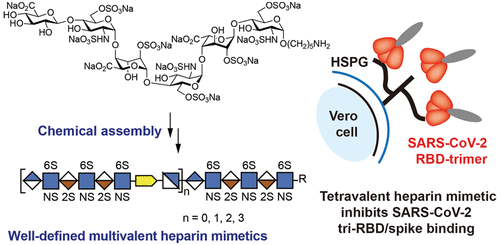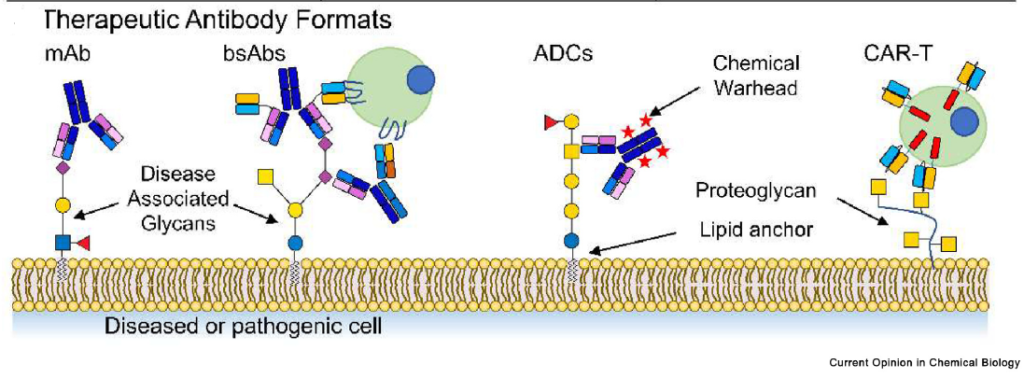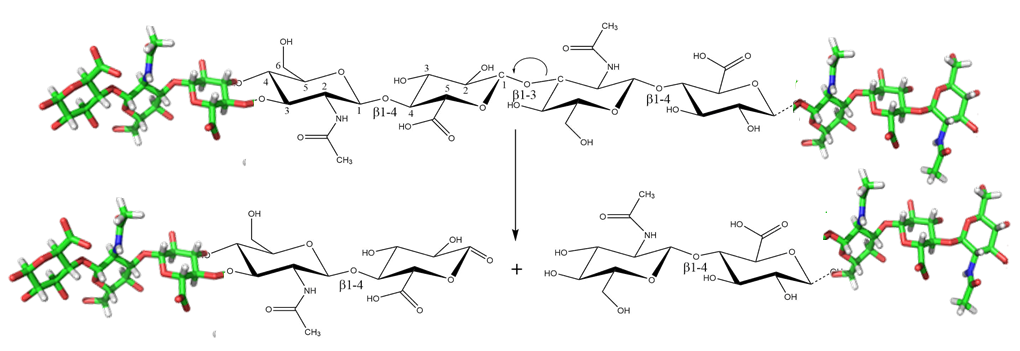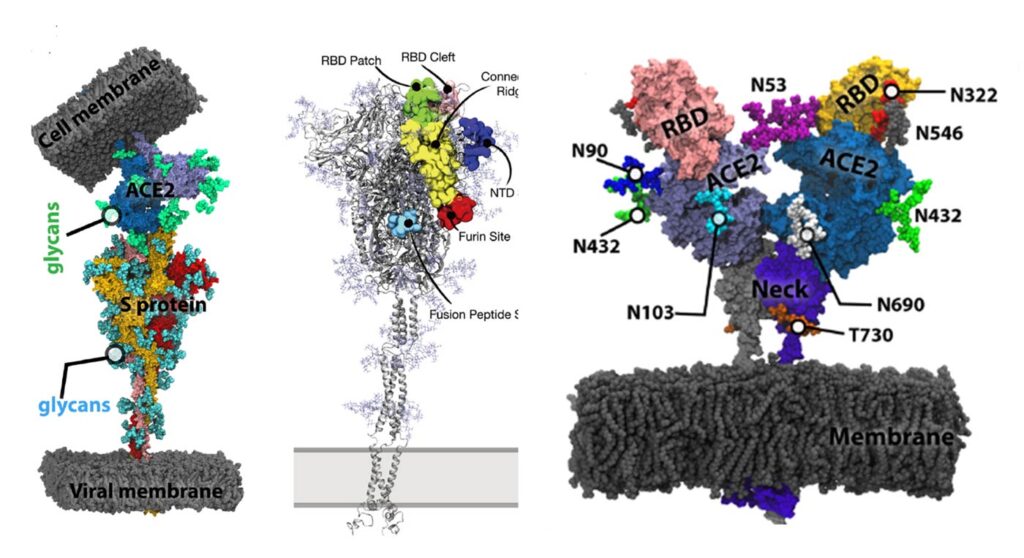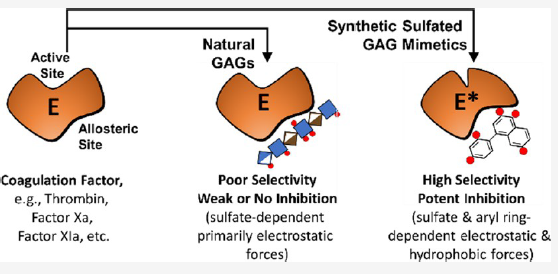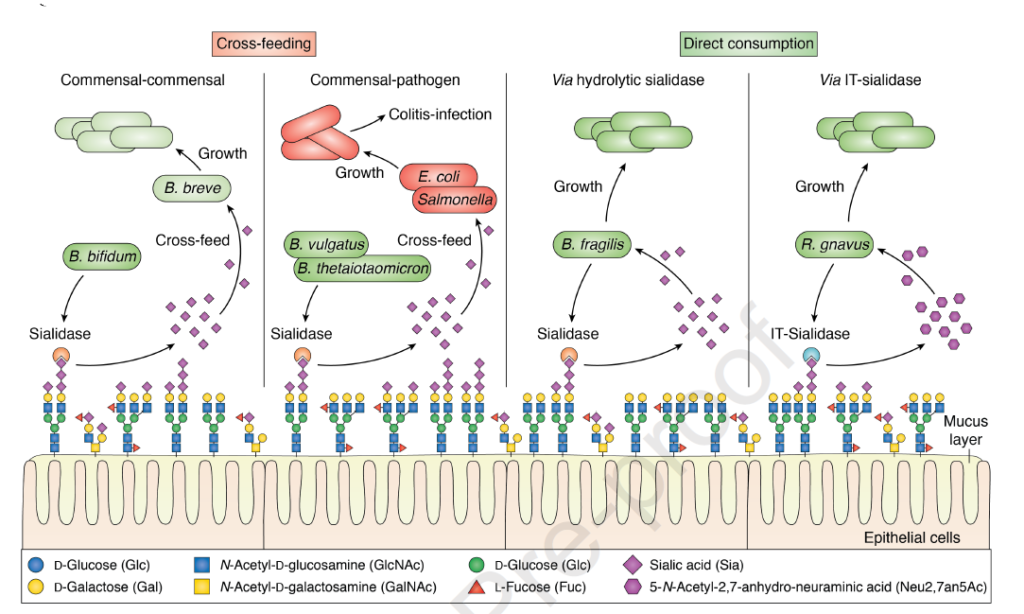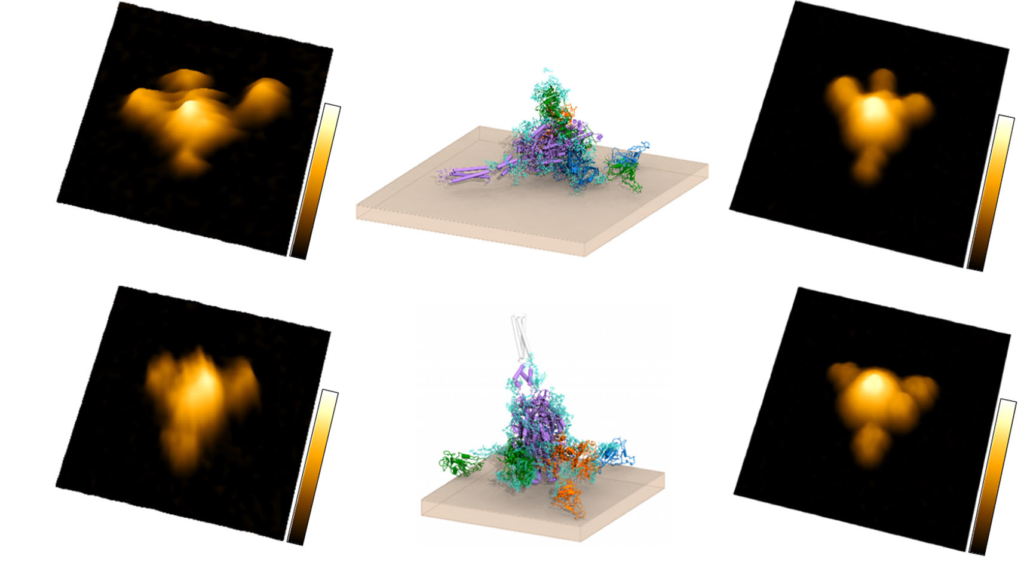News
The structural complexity of glycans is communicated through simplified and unified visual representations according to...
Understanding lipid dynamics and function, from the level of single, isolated molecules to large assemblies,...
Under «Can ChatGPT pass Glycobiology ? » the authors present and discuss a systematic evaluation...
SARS-CoV-2 employs heparan sulfate (HS) as an initial cellular attachment factor, and therefore, there is...
Anti-glycan monoclonal antibodies have essential applications in human health and basic research. Therapeutic antibodies that...
Hyaluronan (HA) is a naturally occurring non-sulfated glycosaminoglycan (GAG) localized to the cell surface and...
Glycosylation is one of the post-translational modifications, with more than 50% of human proteins being...
Glycosaminoglycans (GAGs) are arguably the most diverse collection of natural products. Unfortunately, this bounty of...
Within the context of a European Cooperation in Science and Technology Action (INNOGLY), scientists of...
The human gastrointestinal (GI) tract harbours diverse microbial communities collectively known as the gut microbiota,...
Rhamnogalacturonan I (RGI) is a structurally complex pectic polysaccharide with a backbone of alternating rhamnose...
Lectins are non-immunoglobulin and non-catalytic glycan-binding proteins that are able to decipher the structure and...
Nonulosonic acids or non-2-ulosonic acids (NulOs) are an ancient family of 2-ketoaldonic acids(α-ketoaldonic acids) with...
Recent waves of COVID-19 correlate with the emergence of the Delta and the Omicron variant....
The problem of fisheries waste has increased in recent years and has become a global...



